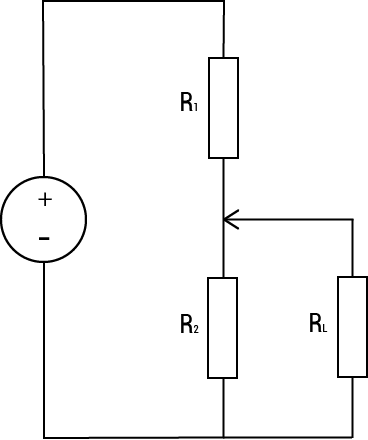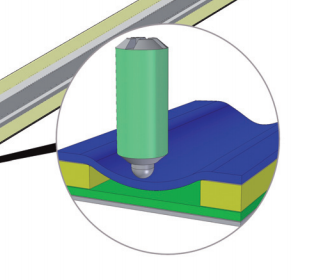Wire-wound potentiometer
The resistive element in a wire-wound potentiometer is a coil of very thin wire, bonded together by an adhesive. Wire-wound potentiometers are most common in rotary sensors. The wiper is mounted on the sensor shaft and slides along the coil, the output signal is proportional to the wipers position on the coil. As the resistive element is made of wires will the output signal be in discrete steps, how coarse or fine the resolution is depends on the quality of the coil.
Conductive plastic potentiometer
A conductive plastic sensor element consists of a PCB and a resistive ink. The ink is screened to the PCB and the surface of the hardened ink is very precise and smooth. This enables very high resolution compared to wire-wound potentiometers, and the lifetime is long due to the low friction between sensor element and wiper. Some potentiometers have linearized sensor elements, a technique that offers very high linearity.





